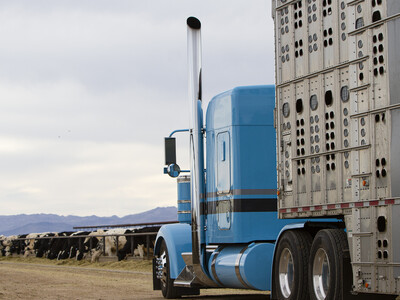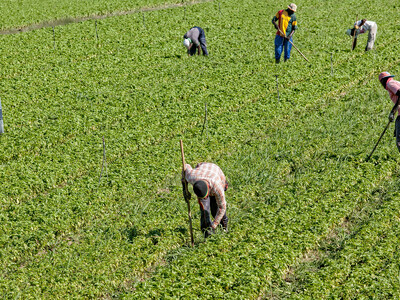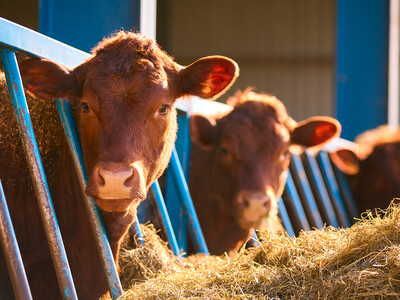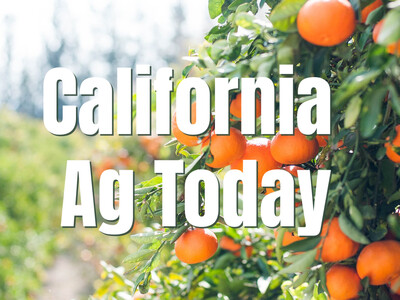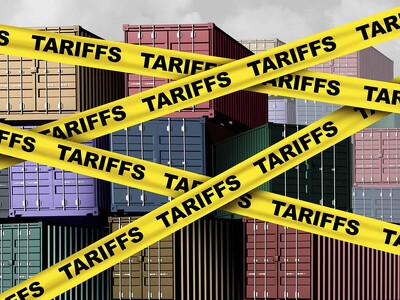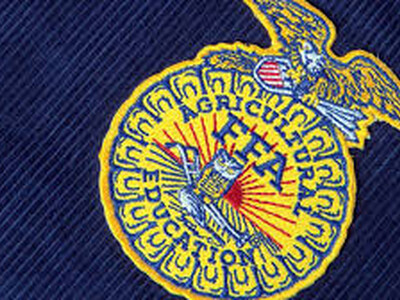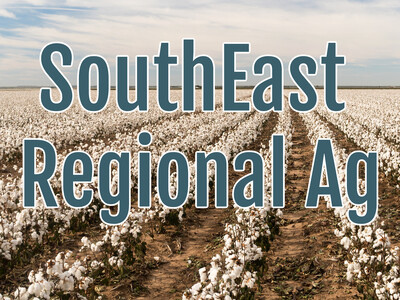Heat Wave Affecting Food Prices
Heat Wave Affecting Food Prices. I’m Greg Martin with today’s Line On Agriculture.
The past week has been a scorcher with at least 17 states hitting the 100-degree mark. While it’s no surprise that will probably mean higher electric bills to pay for additional air conditioning, it could also mean higher prices for food.
Anderson: There’s something to the story. It may take a while for it to show up and to the extent of which it shows up really depends on a lot of factors. How long does it stay hot? How dry does it get? But it’s certainly something to think about. Hot weather affects production and ultimately production affects availability and that affects price. Now there may be some fairly long lags in there, but that relationship certainly can hold.
American Farm Bureau Economist John Anderson points to what’s happening in much of Texas right now.
Anderson: Texas has been very hot. Texas really has been the epicenter of the dry weather, by some measures the worst dry period that they’ve had on record. That has a very direct impact on o production, primarily of livestock. Cattle eat grass. If it doesn’t rain, there’s no grass. If there’s no grass the cattle have to be sold. That means they’re not going to be around on down the road and so production will be reduced.
And down the road a lower supply for cattle means higher demand and most likely higher prices. But more than just livestock could be hit by the heat.
Anderson: As we talk about this right now the major crop of concern is corn. The reason we’re concerned about corn is that in a lot of country corn is entering the phase of production where pollination is taking place and at that time in the production cycle the plant is very susceptible to hot weather and so right now I think everybody who watches ag markets is really paying attention to corn because hot weather in the Midwest really does have the potential to affect the size and the quality of the corn crop.
And that corn is used for everything from corn oil to corn syrup to bourbon and tortilla chips.
Anderson: For our farmers this kind of weather is more than just an inconvenience. It’s a real challenge that they have to deal with and unfortunately it’s one that they typically get a lot of experience dealing with. We certainly wish them all the best as they do the work they have to do to get through this and keep producing the food we all need.
Anderson talks about the impact of the heat on poultry and pig farmers.
Anderson: Think of poultry production and pork production. We work very hard to maintain a comfortable environment for these animals. That takes a lot of money. The hotter it is, the more it takes. On the issue of how this might affect price, well one response to that is if this continues for too long is to actually cut back on production.
That’s today’s Line On Agriculture. I’m Greg Martin on the Ag Information Network.





